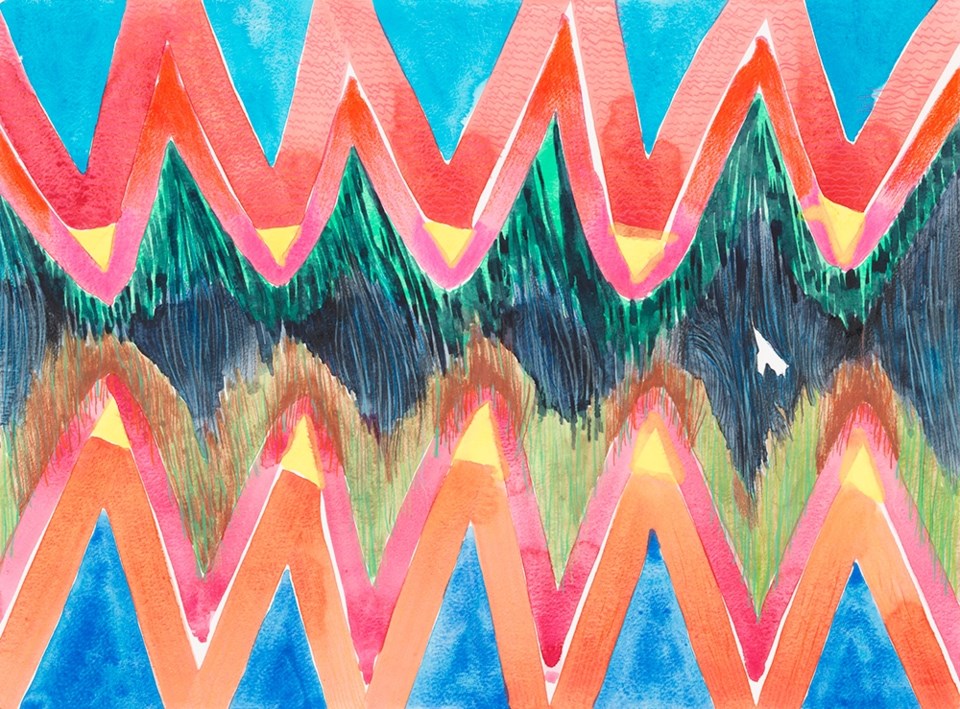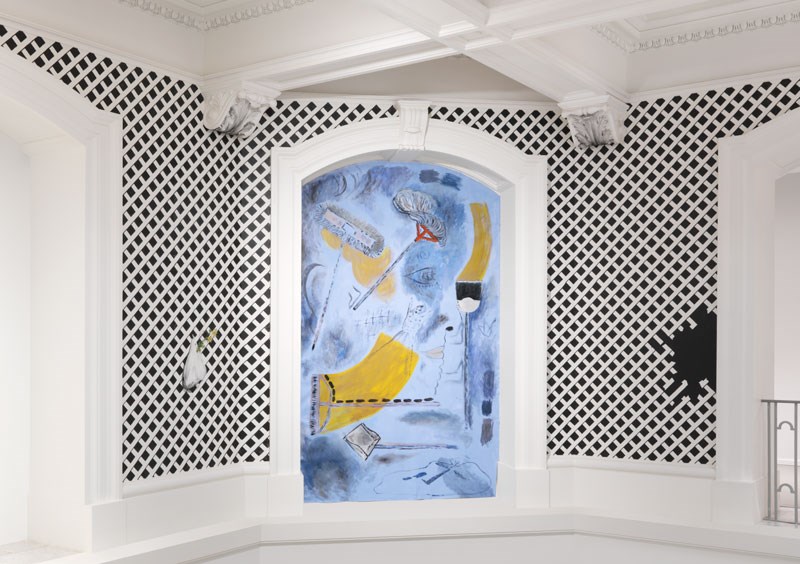It’s a shame that, in a 2007 article entitled 36 Hours in Vancouver, a New York Times writer sniffed that “Vancouver isn’t known for its art scene”, and then lazily directed any art-loving visitors towards the Vancouver Art Gallery and its collection of Jeff Wall photographs.
To be fair, the rest of the world wasn’t exactly ‘woke’ to the city’s art scene beyond its photoconceptualist movement at the time, and Jeff Wall is indeed a native son and household name. But that doesn’t mean there wasn’t a thriving, dare we say world-class milieu to be explored – something the Vancouver Art Gallery (VAG) is now publicly dedicating itself to celebrating with Vancouver Special, a provocative triennial series that will showcase a cross-section of the city’s contemporary art every three years
To create the first installment, Ambivalent Pleasures, Augaitis and co-curator Jesse McKee (of artist-run centre 221A) visited more than 90 Vancouver studios in their whittling of the list. The result is a show featuring 40 artists – names like Matt Browning, Tamara Henderson, Ron Tran, Allison Hrabluik, Ryan Peter, Alison Yip and Mark DeLong – and work spanning the six years since the 2010 Olympics.
We caught up with Augaitis just prior to opening day, to learn more about the discoveries in store.
What were some of the themes that emerged for you in this exhibition as you pulled it together?
We were always taking a camera with us, and so after doing all of our studio visits, and seeing dozens of galleries and so on, Jesse and I sat down and looked at everything visually, to review what we had seen and try to make sense of it. What we found was there emerged these three kind of principal conversations around surrealism, abstraction and conceptual practice. So those are the three grounding points or touchstones in us putting the exhibition together.
Have you divided the exhibition up that way?
No. These are more like filters that, as a viewer you might use to consider each one of these works. So an artist might fall in one of those realms, or maybe two of those filters will be applicable to an understanding of their work, but it’s not like we begin with this and move on to that. In the installation, we were much more mindful of the relationships between works, and wanted to make sure that there were interesting things going on between one artist’s work and another.

What are some of the dialogues at play there?
As we were going through the exhibition this morning, one of our staff members said to me, “Wow, you see way more colour here than you usually do in Vancouver.” [Laughs]. And that title, Ambivalent Pleasures, has a place. You can see and you can sense the pleasure that artists engage in through the richness of the colours and the materials that they choose. A lot of people are working with textiles, other people are working with clay – kind of reaching around the edges of what is the regular “high-art world”, if you will, but looking to other forms and other mediums that are not the primary ones to get their hands into.
Why do this exhibition now? Why was the timing right for this show?
Kathleen Bartels, our director, and I have been talking about the possibility of a biennale or a triennial for some time, and should we do it or not? Certainly the art gallery has a history of doing these kind of curated exhibitions that take the pulse of the local scene. But we thought, why not make a stronger commitment to it? Commit to doing it every three years and promote it.
And I think, also, as we move as a museum towards a new building, we want to say that the local community is important to us. The emerging artists as well as the more established artists. And we do it in many ways: we do it through solo exhibitions, we do it through dialogues, or by collecting their work and putting it into a bigger context, and this is one more way that we do it. I think it’s to, kind of, proclaim to the world that these people are interesting.
And I think another reason for doing this is that Vancouver is one of those art nodes in the art world that is looked at. There is a history here, even since Emily Carr’s time, of being engaged internationally. If you think of the Shadbolts and the people of that post-war generation – they were engaged internationally. And certainly the Jeff Walls, Ian Wallaces and Stan Douglases – the photoconceptualists – have put a spotlight on Vancouver by staying here and making work about this place. Vancouver is part of that international map, and the vitality of the next generations after them is really fantastic.
Ambivalent Pleasures runs now until April 17, 2017, at the Vancouver Art Gallery. VanArtGallery.bc.ca. This interview has been edited and condensed.


